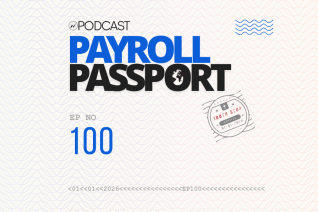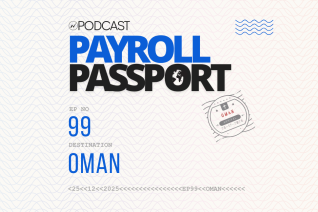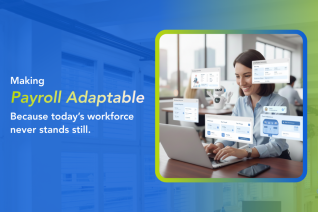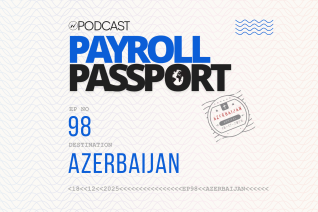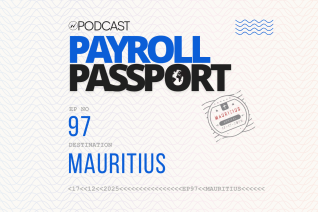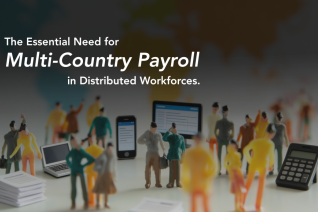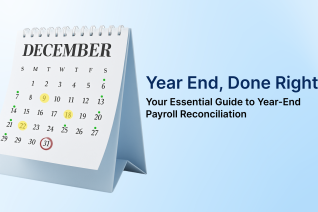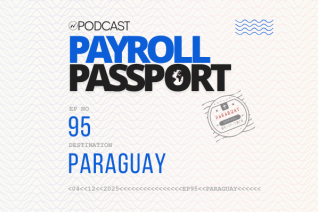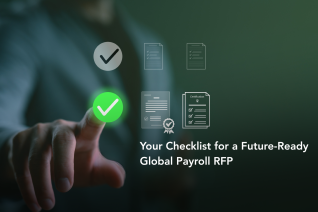Why Autonomous Payroll Matters for Global Businesses
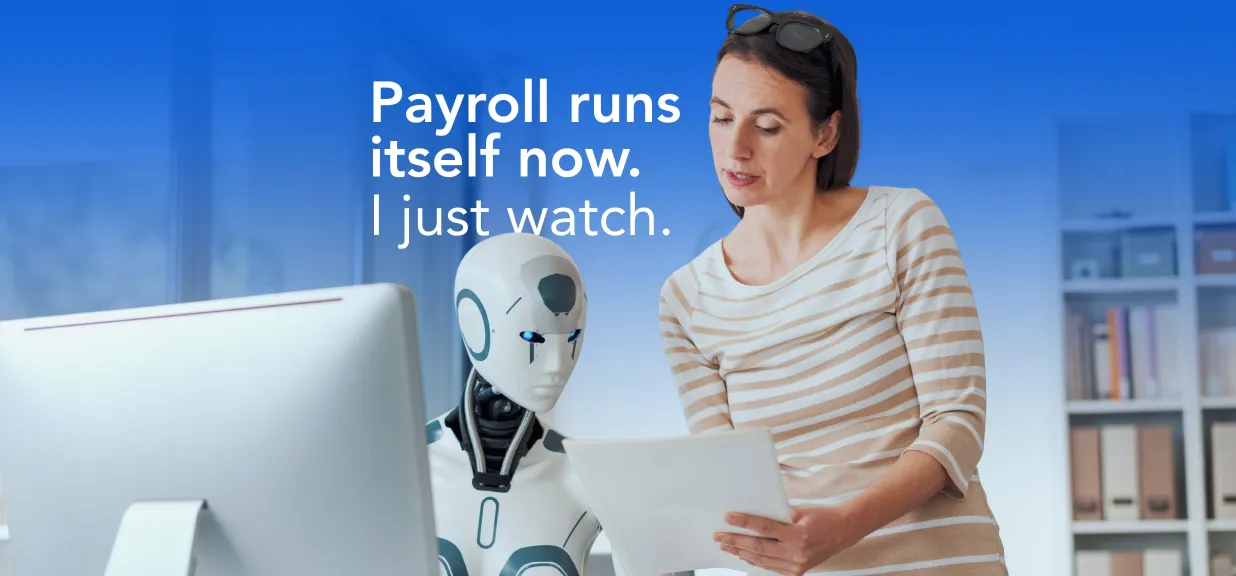
For multinational payroll leaders, the mandate is clear: pay everyone, everywhere, accurately, on time, and in compliance, even as the business expands into new markets and ways of working. Manual reconciliation, spreadsheet workflows, and last-minute legislative updates only add layers of complexity and operational risk.
The next frontier is autonomous payroll: a straight-through, zero-touch operating model. Systems prepare, validate, and execute payroll end-to-end, with human intervention required only for exceptions or oversight. This is not simply the next stage of automation; it is a fundamental leap from automated payroll to intelligent, self-driving payroll.
What “Autonomous Payroll” Actually Is (and Isn’t)
Most enterprises already use some form of automated payroll. Today’s solutions handle gross-to-net calculations, enforce statutory compliance, and often use AI for anomaly detection. But these systems still depend on humans to consolidate inputs, reconcile exceptions, approve adjustments, and manually execute cycle runs.
Autonomous payroll goes further. On the scheduled payroll date, the system wakes up, automatically triggers payroll processing, validates inputs, applies AI-assisted controls to resolve warnings or errors, updates compliance rules in real time, and executes payments. Continuous data ingestion, audit telemetry, and embedded control frameworks ensure accuracy, transparency, and traceability, delivering a zero-touch, straight-through run.
It is not outsourcing accuracy to a black box, nor is it simply an AI tool with human checkpoints. It re-architects the payroll process around controls, observability, and operational intelligence, enabling global payroll teams to focus on strategy rather than routine execution.
Also read | What Does the Future of Global Payroll Look Like in a Borderless World?
What an Autonomous Payroll Run Looks Like
An autonomous payroll cycle is self-driving, designed to operate end-to-end with zero or minimal touchpoints:
- Wake-up and readiness: On the scheduled payroll date, the system wakes up and ingests upstream data from HCM, time, absence, and benefits systems. It validates formats, identifies gaps such as missing tax IDs, and ensures all inputs are ready before processing.
- Policy and compliance intelligence: The system automatically updates configurations, rates, and statutory rules as laws change. It simulates potential impacts and highlights critical changes for review.
- Self-driving calculations: Gross-to-net computations execute automatically with embedded controls, including variance analysis, tolerance thresholds, and anomaly detection.
- Exception management: Only true exceptions, such as unexpected net pay variations, are routed to analysts with detailed root-cause insights, minimizing manual intervention.
- Automated disbursement and filings: Payroll payments and statutory filings are triggered autonomously, with proofs and audit trails captured for full compliance and traceability.
- Cycle telemetry and insights: Post-run dashboards provide real-time visibility into cycle health, control outcomes, defects, and SLA adherence, enabling continuous monitoring and optimization.
Why Businesses need Autonomous Payroll now
Rising compliance complexity
Compliance remains the top challenge in global payroll, according to recent industry research. Regulatory changes increasingly require real-time or near-real-time payroll capabilities. For example, the UK will mandate real-time payrolling of certain benefits from April 2027. Autonomous payroll enables rapid adaptation of configurations and calculations without waiting for quarterly cycle changes.
The shift to on-demand, real-time pay
Employees expect wages to move as quickly as everything else. Real-time payments and earned wage access are accelerating, requiring payroll systems capable of continuous gross-to-net calculations, automated compliance enforcement, and real-time exception handling. Autonomous payroll delivers an always-on calculation engine combined with a robust control layer, enabling instant or early pay while maintaining regulatory accuracy and operational integrity.
Scale, speed, and resilience
As footprints expand across dozens of countries, the volume of inputs such as HCM changes, time and attendance, variable pay, and benefits, along with the number of statutory permutations, increases exponentially. According to research data from Payroll.org, on average, a payroll run involves 8 to 15 different systems, making data reconciliation a core challenge and a critical area where autonomous payroll and AI can add value. Straight-through processing reduces handoffs and points of failure, improving both cycle time and risk posture.
Talent leverage
Payroll teams spend too much time firefighting. Moving to exception-based work allows experienced practitioners to focus on controls, analytics, and employee experience rather than rekeying files. Leading firms already view AI-enabled delivery from providers as table stakes.
Autonomous Payroll Is Already Here
Payroll has outgrown its back-office identity. It is now a strategic driver of compliance, employee experience, and organizational agility. The next step is not incremental automation but full autonomy, payroll that runs seamlessly, intelligently, and without unnecessary intervention.
By adopting autonomous payroll today, enterprises can:
- Eliminate manual friction and reduce operational risk
- Adapt instantly to regulatory changes worldwide.
- Deliver accurate, timely, and even on-demand pay.
- Free payroll experts to focus on strategy and insights
Download Now | Autonomous Global Payroll: A Guide to Neeyamo Payroll
Autonomous payroll is not a future ambition. It is the standard that forward-looking businesses are implementing now to stay resilient and competitive.
At Neeyamo, we are proud to enable this shift by delivering autonomous payroll at scale across the globe. Our mission is simple: to help enterprises transform payroll into a function that just works, always accurate, always compliant, and always on.
The question is no longer “when will payroll become autonomous?” The question is “how quickly will you get there?”
Reach out to irene.jones@neeyamo.com to know more.
Latest Resources
Stay informed with latest updates
If you're curious and have a thirst for knowledge pertaining to the HR, payroll, and EOR universe, don't miss out on subscribing to our resources.



